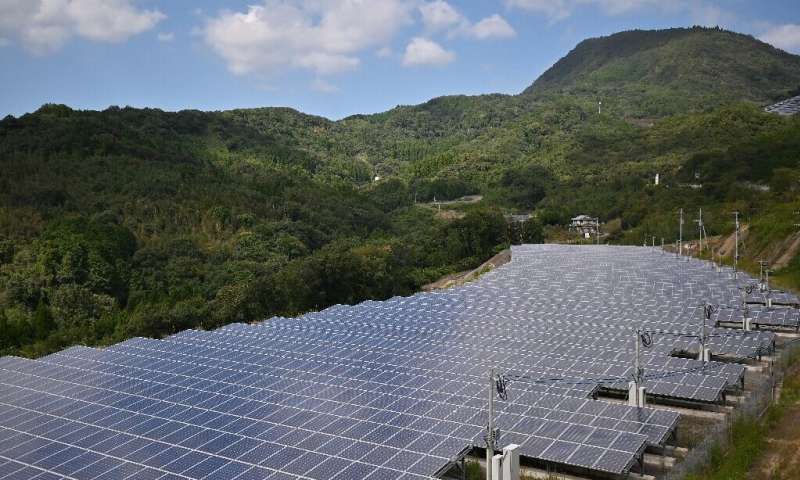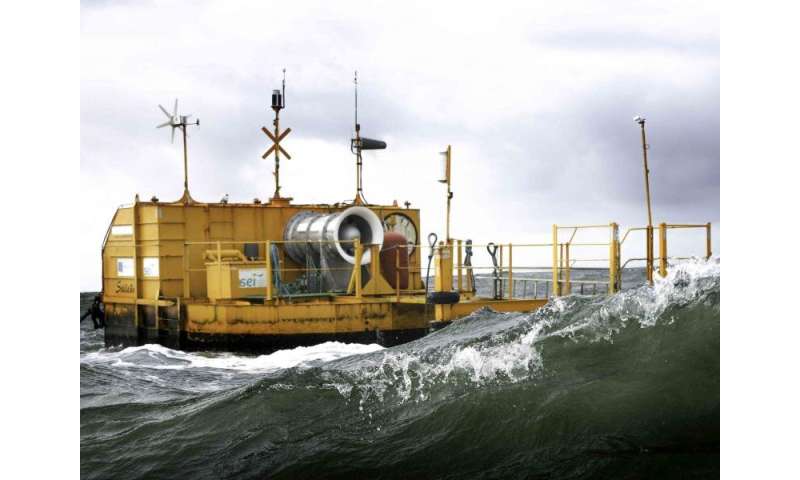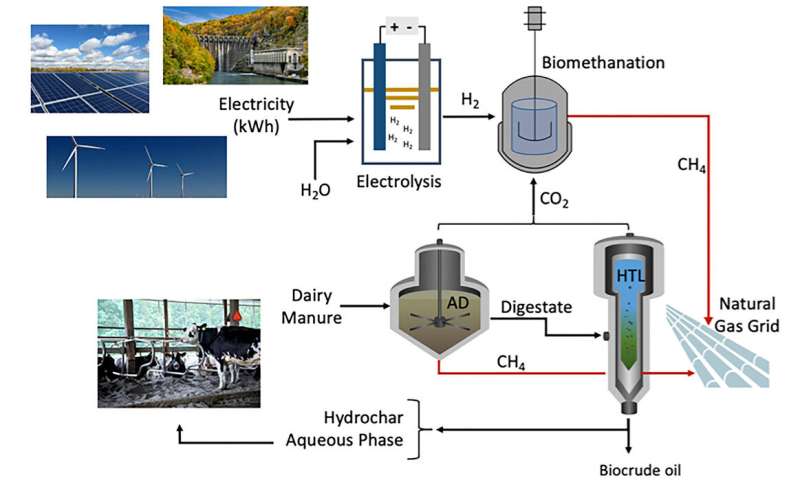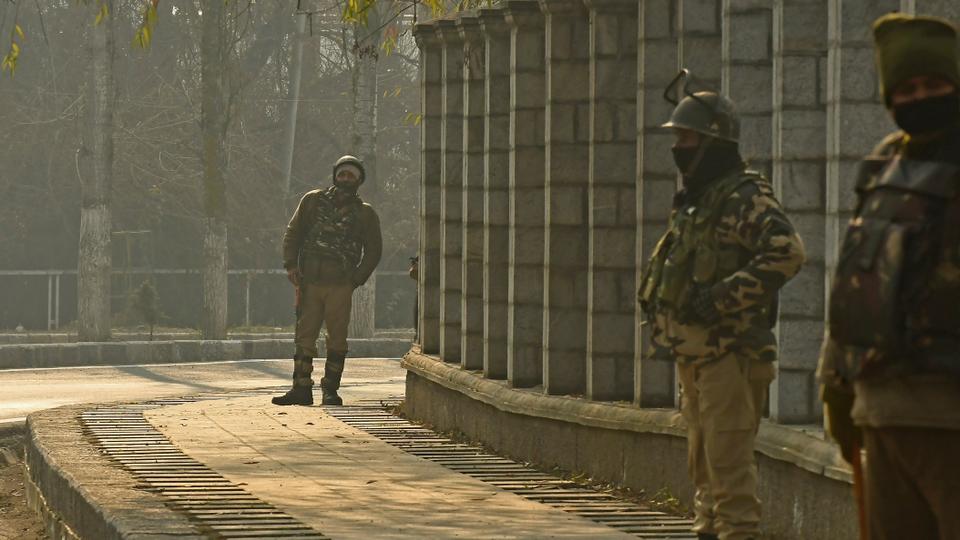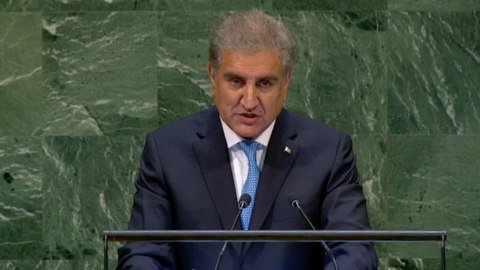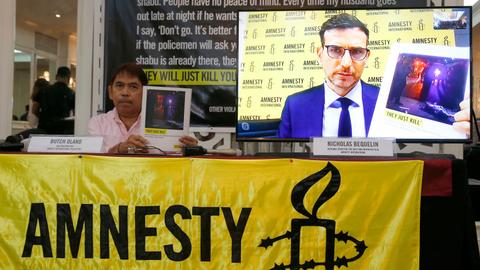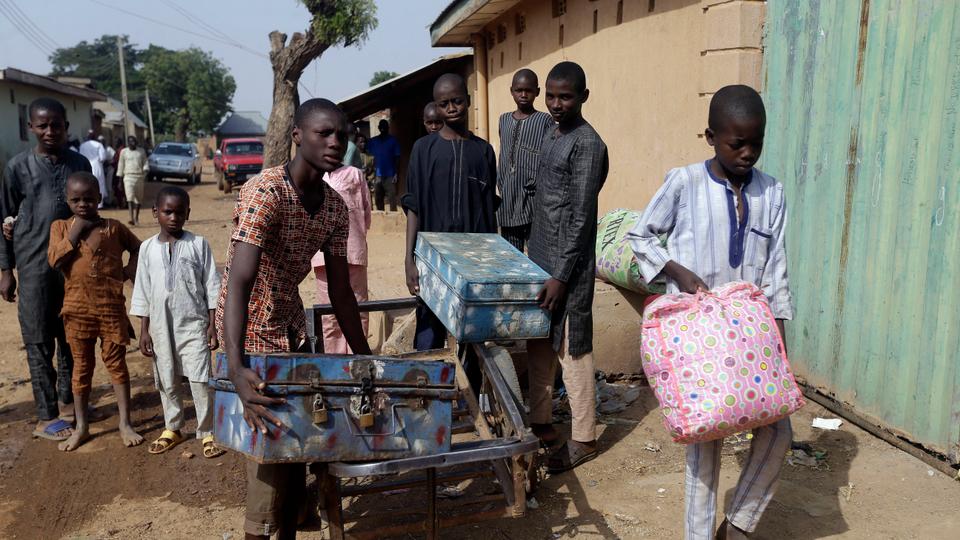ELIMINATE EI MAKE IT UBI
Pandemic pushed up timeline for long-sought EI review, Qualtrough says
OTTAWA — Canada's employment minister says plans to revamp the employment insurance system have been put on a faster path thanks to COVID-19
OTTAWA — Canada's employment minister says plans to revamp the employment insurance system have been put on a faster path thanks to COVID-19
.

Provided by The Canadian Press
The pandemic has exposed shortcomings in EI, including that not every worker is covered, nor can everyone who is covered get benefits when they need them.
Mending those cracks through consultations, testing and implementation may have taken years, assuming elections or changing political priorities didn't blow it astray.
Employment Minister Carla Qualtrough instead tells The Canadian Press that COVID-19 gave the federal government a chance to test ideas such as setting one common entry requirement.
She also says the emergency benefits rolled out during the pandemic helped test coverage for self-employed and gig workers who are often left out of EI.
Qualtrough hinted discussions may start soon about what changes should become permanent, and what other additions the system may need.
"If I would have gone to the cabinet table in January and said, 'I want to overhaul EI,' it would have been a five-year process," Qualtrough said.
"All of a sudden, EI wasn't working. So now we have to fix it. And now that's my job now — to fix EI."
Qualtrough came into the role of employment minister one year ago and oversaw a labour market with a historically low unemployment rate by February. By May, the rate was at a historic high as the pandemic struck and three million jobs vanished.
As the numbers increased, the government put EI into hibernation over concerns that an unprecedented surge in unemployment would overwhelm the decades-old system.
In its place was the $500-a-week Canada Emergency Response Benefit, which by the end of its run in late September had paid out more than $81.6 billion in benefits to nearly nine million people.
It may not have been so popular had the government rolled out its wage subsidy program faster.
That's because by the time the wage subsidy launched, there was just enough of a lag that people had already chosen to go down the path of the CERB, said Qualtrough
"Then the wage subsidy had to catch up," she said. "I'm not saying that was necessarily an error, but if you ask me now looking back, I would have liked to see those measures more tightly connected."
The EI system kicked back up on Sept. 27. Since then, the government has paid out $8.83 billion in benefits to more than 2.3 million people, according to government figures posted Thursday.
The figures also show there are now more than 1.8 million people on EI.
The Liberals are facing calls from companies and employers that pay into the system to finally kickstart a long-sought review of EI. Qualtrough suggested that review could start next year after finding areas of agreement to focus it.
The experiment with the CERB should help in that regard, she said.
"The system can do these things. It's already done them," Qualtrough said. "A lot of the things that perhaps we would have tested very gingerly, we just did and so we've proven we can do them."
At the same time, she also has to keep an eye on the trio of "recovery" benefits that replaced the CERB that have collectively paid out $6.2 billion to date.
Although take-up has been lower than expected, Qualtrough said some of that may be the result of a better-than-expected job market, which has recouped four-fifths of spring losses. She also noted that schools haven't so far closed during the second wave of COVID-19 like they did in the first.
She is also closely watching a two-week federal sickness benefit to see what, if any, changes may be required to specifically help workers who have to isolate more than once, or those with underlying medical conditions who can't be easily accommodated by their employers.
This report by The Canadian Press was first published Dec. 24, 2020.
Jordan Press, The Canadian Press
The pandemic has exposed shortcomings in EI, including that not every worker is covered, nor can everyone who is covered get benefits when they need them.
Mending those cracks through consultations, testing and implementation may have taken years, assuming elections or changing political priorities didn't blow it astray.
Employment Minister Carla Qualtrough instead tells The Canadian Press that COVID-19 gave the federal government a chance to test ideas such as setting one common entry requirement.
She also says the emergency benefits rolled out during the pandemic helped test coverage for self-employed and gig workers who are often left out of EI.
Qualtrough hinted discussions may start soon about what changes should become permanent, and what other additions the system may need.
"If I would have gone to the cabinet table in January and said, 'I want to overhaul EI,' it would have been a five-year process," Qualtrough said.
"All of a sudden, EI wasn't working. So now we have to fix it. And now that's my job now — to fix EI."
Qualtrough came into the role of employment minister one year ago and oversaw a labour market with a historically low unemployment rate by February. By May, the rate was at a historic high as the pandemic struck and three million jobs vanished.
As the numbers increased, the government put EI into hibernation over concerns that an unprecedented surge in unemployment would overwhelm the decades-old system.
In its place was the $500-a-week Canada Emergency Response Benefit, which by the end of its run in late September had paid out more than $81.6 billion in benefits to nearly nine million people.
It may not have been so popular had the government rolled out its wage subsidy program faster.
That's because by the time the wage subsidy launched, there was just enough of a lag that people had already chosen to go down the path of the CERB, said Qualtrough
"Then the wage subsidy had to catch up," she said. "I'm not saying that was necessarily an error, but if you ask me now looking back, I would have liked to see those measures more tightly connected."
The EI system kicked back up on Sept. 27. Since then, the government has paid out $8.83 billion in benefits to more than 2.3 million people, according to government figures posted Thursday.
The figures also show there are now more than 1.8 million people on EI.
The Liberals are facing calls from companies and employers that pay into the system to finally kickstart a long-sought review of EI. Qualtrough suggested that review could start next year after finding areas of agreement to focus it.
The experiment with the CERB should help in that regard, she said.
"The system can do these things. It's already done them," Qualtrough said. "A lot of the things that perhaps we would have tested very gingerly, we just did and so we've proven we can do them."
At the same time, she also has to keep an eye on the trio of "recovery" benefits that replaced the CERB that have collectively paid out $6.2 billion to date.
Although take-up has been lower than expected, Qualtrough said some of that may be the result of a better-than-expected job market, which has recouped four-fifths of spring losses. She also noted that schools haven't so far closed during the second wave of COVID-19 like they did in the first.
She is also closely watching a two-week federal sickness benefit to see what, if any, changes may be required to specifically help workers who have to isolate more than once, or those with underlying medical conditions who can't be easily accommodated by their employers.
This report by The Canadian Press was first published Dec. 24, 2020.
Jordan Press, The Canadian Press

